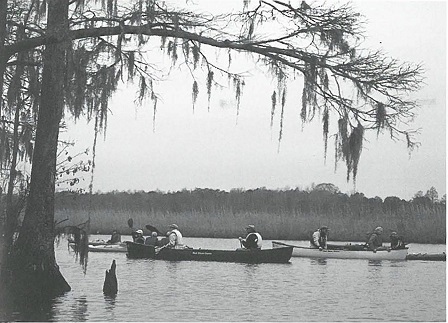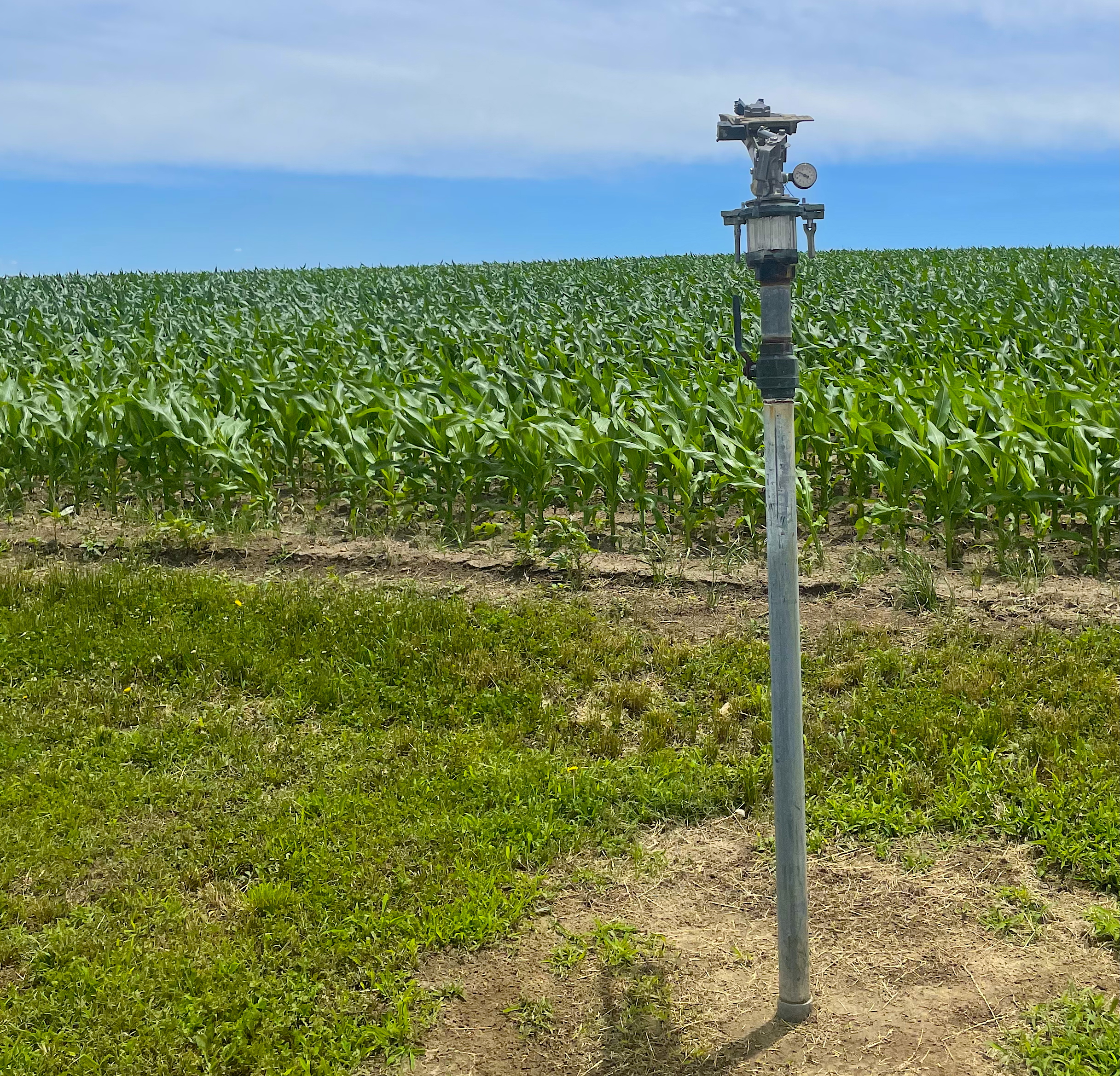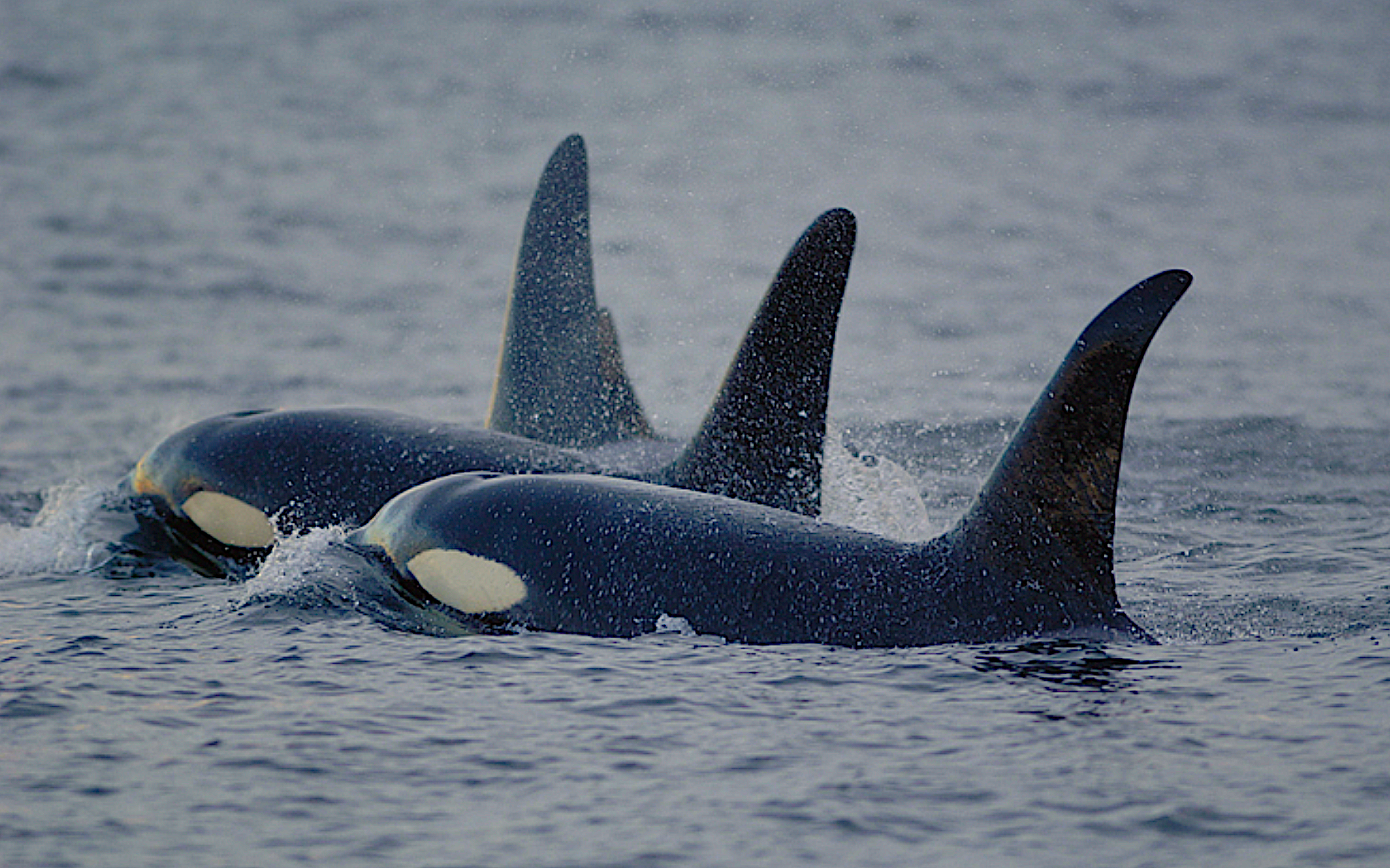Picking Up the Paddle: Fuel-Free Fishing in North Carolina

As gas prices hover near all-time highs, many recreational fishers likely think twice about fueling up their boats for a day on the water. But the fish are still biting for those who prefer paddling to power boating.
“If you like to fish, this is an answer to a prayer,” says Ron White, a retired Hampstead resident. White is one of a growing number of anglers who have embraced “paddle fishing,” or casting their lines from a kayak.
“It’s quiet, it’s versatile and it’s economical,” says White of the combination sport. And it is healthier than pushing an engine starter, he adds
Like many coastal residents, White lives within just a few miles of some exceptional paddling spots. It only takes a small amount of gas in his truck to access hours of pleasant solitude, complete with scenic views, wildlife sightings and biting fish.
“The potential to fish in places you couldn’t access before is great,” he says
A SPORT FOR ALL SEASONS
While fishing is a traditional past time for residents and visitors of the North Carolina coast, kayaking is a relative newcomer, gaining popularity within the last 15 to 20 years. Many believe the sport’s momentum started in California, says Chris Tryon, a proprieter of Hook, Line and Paddle, a paddle fishing retail store and guide service in Wilmington.
The cold, deep, nearshore water of the Pacific attracts more baitfish, which in turn attracts big game fish, such as small tuna.”They didn’t have to go far to catch really big fish,” he explains.
Today, the sport has spread across the country — from the Gulf shores of Texas and Florida to freshwater bodies in the Midwest to the East Coast.
“North Carolina has great year-round opportunities to paddle,” Tryon says. “Late fall and winter is a good time to get out there and just hear nothing but the drip, drip, drip coming off the paddle.”
Philip Ruckart of Mebane also prefers paddling in the early winter.
“As all the algae and plankton clear out, the water is as clear as can be. And as the tide gets lower the fish concentrate in certain areas,” says Ruckart, a part-time paddle fishing guide who leads trips along the Crystal Coast.
Ruckart started paddling in the early 1980s, but didn’t start angling from a kayak until the late 1990s.
“It’s a peaceful time for me,” he explains. “Even if I don’t catch fish there is always something to see.”
Tryon says his shop is beginning to see a steady increase of year-round regulars, but his bread and butter continues to be tourists, especially summer visitors interested in a little adventure.
“You can only bake on the beach for so long before you decide it is time to try something different,” he says.
An attractive alternative for visitors, kayaking also is lucrative for local businesses and towns, according to a 2001 economic impact study on paddling ecotourism in North Carolina.
“That study showed that with our 1,200 miles of paddle trails — at that time — it brought in $105 million per year,” says Tom Potter, executive director of the North Carolina Paddle Trails Association, a non-profit organization.
North Carolina Sea Grant helped fund the study, which surveyed residents and visitors and tracked how they spent their money for particular paddling trips. More than 70 percent of respondents said they enjoyed eating at local restaurants and “experiencing” local culture.
There have been no subsequent studies, but Potter says he and others have noticed an increase in the number of visitors and residents paddling in North Carolina waters.
“I get inquiries from people all up and down the Eastern Seaboard and across the country,” notes the Goldsboro resident, who regularly fishes from his kayak. “We find that a lot of people are coming on business and extending their trip a day or two to enjoy our waterways.”
How many of them are fishing from their kayaks remains to be seen. But the sport appears to have broad appeal, according to Tryon and Ruckart. Men, women, families, retirees, 20- and 30-somethings all are showing up for guided paddle fishing trips, lessons, or to purchase their own angling kayaks.
GAINING GROUND
As paddle fishing grows in North Carolina, more kayak manufacturers have started catering to the sport’s enthusiasts by building boats specifically suited for angling. Such models typically include rod holders and storage areas for tackle. Some even have specially designed hulls that make the kayak more stable, allowing anglers to stand up and cast.
Three of the biggest players in the North Carolina market are Legacy Paddlesports out ofGreensboro, which produces Heritage and Native Watercraft kayaks for angling; Hurricane Kayaks of Warsaw; and Wilderness Systems, part of Confluence Watersports, of Easley, S.C., according to Brian Efland, marine conservation and enterprise development specialist for North Carolina Sea Grant.
“In the last three or four years, I think kayak companies really saw a need to gear kayaks toward fishing because the market got to a point where there were enough people doing it that it was worth making the investment,” Tryon says. He predicts more paddle fishing business and retail shops like his are likely to follow.
Efland, who keeps an eye on business trends in North Carolina’s ecotourism industry as part of his job, agrees.
“Most outfitters in North Carolina do basic kayak rentals and tours,” he says. “But as more people continue to learn about the sport, I think the demand will increase for fishing-specific paddling tours and shops.”
Recently, Efland held a free introductory workshop about paddle fishing for the public in hopes of promoting the sport and local businesses that serve kayak anglers. The workshop debuted in September in Morehead City, and plans are in the works for a spring series along the coast.
More than 30 people attended the first workshop, which featured demonstration equipment, professional fishing guides discussing the latest in tackle and fishing techniques, as well as information on current research in recreational fisheries.
But for those just getting into the sport, Efland, Tryon and Ruckart say don’t be dazzled by all the new fancy boats and equipment — yet.
Keep it simple to start, Ruckart says. A simple rod and a reel will do. Tryon recommends people rent a few different angling kayaks to first learn their needs and preferences.
“Kayaks are pretty customizable,” he says. “For those who aren’t sure what kinds of bells and whistles they want, it’s easy to outfit a boat after purchase.”
Numerous after-market products are available to paddle fishers, including bait wells, sonar and anchor systems.
BOLDLY GO — SAFELY
If you’ve decided that kayak angling is for you, make sure you know how to stay safe before paddling off into the sunset.
First, a personal flotation device (PFD) or life jacket is non-negotiable. Earlier this year, the North Carolina General Assembly mandated that all non-motorized vessels — including canoes and kayaks — must have one life vest on board for each passenger.
“The law says it just has to be accessible, but if you’re out there kayaking without wearing your life jacket.. .it’s just not a smart move,” Tryon says.
The U.S. Coast Guard requires all vessels have a sound-producing device, Efland adds. “For kayaks, a marine distress whistle attached to your PFD works.”
The Coast Guard also requires boats display navigation lights when visibility is reduced, such as at night or in the fog. A flashlight with extra batteries fits this requirement for kayakers, according to Efland. Boaters should always let someone know where they plan to go and when they’ll be back, he adds.
“Some people like to carry cell phones, but sometimes they don’t pick up a signal.” A VHF radio is a better option, he notes.
Carrying up-to-date charts or a global positioning system (GPS) device also is a good idea, as is taking note of the marine weather forecasts for the day and dressing appropriately. Winter paddlers especially should make sure they have proper clothing, such as a specially designed “dry top” to brave chillier air and water temperatures.
“A couple of sweatshirts, a hat and an attitude of, ‘well, I just won’t get wet,’ won’t cut it,” Tryon says. “That’s not the right mentality to have when you go out in the winter time.”
Also be conscious of capsizing, he adds. “It could be one of those oddball, 60-degree days in January, but no matter what, the Intracoastal Waterway is still 42 degrees. You definitely have to prepare for it.”
For warmer weather, fabrics that wick away moisture can help prevent overheating. And no matter what the temperature is, always wear sunscreen and have plenty of drinking water on hand, Efland advises.
White, the Hampstead retiree, has some advice for novice paddle fishers: be patient.
“It’s a lot different than fishing in a regular boat,” says White, who has owned a variety of sailboats and powerboats in the past. It takes awhile to get used to juggling paddles and fishing rods all while maintaining your balance, even in the most stable boat, he adds. And don’t forget to take it all in.
“When you’re out there paddling, it is so quiet. You hear birds, the water — it’s just incredible,” he says.
Taking the time to do a little bit of observation may even make you a better angler in the long run, Tryon adds.
“Kayak fishing forces you to pay attention to your surroundings,” he explains. “It forces you to be a little more in tune about what is going on out there in the water — you can’t just turn the engine on and run 10 miles to where people are catching fish.”
For more information about kayak guides and maps, visit:
- The N.C. Paddle Trails Association
- The N.C. Boating Access Area Index Map at www.ncwildlife.org, or
- The N.C. DOT Coastal Boating Guide at www.ncwildlife.org/Boating/Boaters-Guides.
To learn more about fisheries regulations, weather and marine rescue, visit:
- The N.C. Division of Marine Fisheries online at www.ncfisheries.net,
- The N.C. Wildlife Resources Commission at www.ncwildlife.org,
- The U.S. Coast Guard at www.uscg.mil, or
- NOAA’s National Weather Service at www.weather.gov.
****************************************************************************************************************************
PADDLE FISHING 101
If you’re shopping for a kayak to fish from, here’s a quick primer on some things to consider.
- Length: Look for a kayak that is 12 to 14 feet long. This size offers the most versatility for anglers.
- Composite vs. Plastic: Composite boats are often lighter, but more expensive. Plastic kayaks are cheaper and more durable, but heavier.
- Sit-on-top vs. Sit-in: Sit-on-tops are self-bailing and offer more above-deck storage for things like tackle boxes and coolers. Sit-in models conceal more of your body from water exposure and offer more below-deck storage.
- Anchor trolley: A line loops around the kayak to allow paddlers to position the anchor at the bow or the stern. The line uses a clip and pulley system.
Once you’re out there, remember to consider the following:
- N.C. Coastal Recreational Fishing License: State law mandates that all anglers must have a recreational fishing license on their person while fishing in coastal waters. Licenses may be purchased on a 10-day, annual or lifetime basis, or combined with a variety of licenses issued by the Wildlife Resources Commission (WRC). For more information about the license and locations for purchase, visit the N.C. Division of Marine Fisheries online at http://portal.ncdenr.org/web/mf/ or the N.C. Wildlife Resources Commission at www.ncwildlife.org.
- Safety: Always have a personal floatation device in the boat. Better yet — wear it. Let someone know where you’re going and when you plan to be back. Check the marine weather forecast, carry a VHF radio, and dress appropriately for the season.
- Size and catch limits: Be familiar with the state’s bag and size limits. To learn more, visit the N.C. Division of Marine Fisheries online at www.ncfisheries.net.
- Ethical Angling: If you’re not going to eat it, or not allowed to keep it, throw it back. Following catch-and-release principles is vital to the future of healthy fish stocks. Circle hooks also decrease the chances of deep or gut hooking, therefore increasing the odds a released fish will survive.
- Don’t litter: Littering is a crime and can harm wildlife. Secure any plastic bottles or bags in your kayak to prevent trash from blowing overboard. Collect any floating litter you encounter and dispose of it properly on shore.
For additional information, check out Paddle Fishing: An Introductory Guide, a North Carolina Sea Grant Blueprint publication. Visit ncseagrant.ncsu.edu and browse our products section.
This article was published in the Holiday 2008 issue of Coastwatch.
For contact information and reprint requests, visit ncseagrant.ncsu.edu/coastwatch/contact/.
- Categories:


